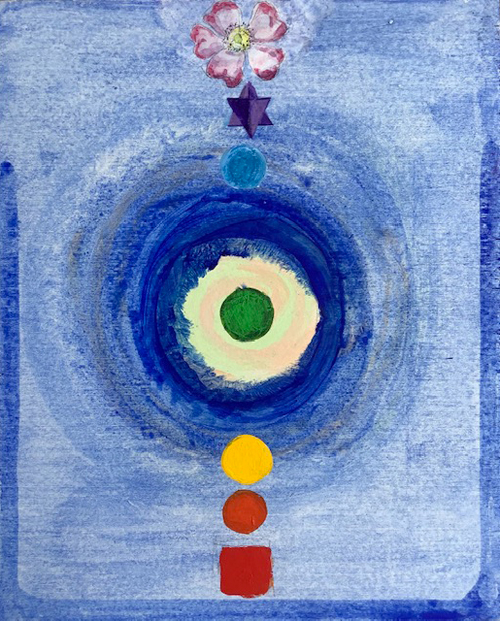
Photograph: © Rashid Maxwell
Standing in stillness
“When we talk of art we need to talk of love.
In truth, when we talk of anything we need to talk of love.”
Rashid Maxwell is a writer, poet, artist, fine art lecturer, designer, art therapist, furniture maker, organic gardener and beekeeper. His published poetry includes Not Knowing Guides Our Feet, Life Is One Blessed Thing After Another and Everything Is Something Else. He currently lives in Devon, England.
In this week’s guest post for The Culturium, Rashid recounts how transcending thinking allows deeper and more meaningful creativity to shine forth, thus producing art that is authentic, timeless and imbued with wisdom.
IF WE COULD say it we would. What wants to be said is unsayable—and unthinkable too. That’s why we make music, we dance, we paint and write poetry. Language and words are for mundane things like shopping and running a country. The arts are a way to impart to each other the wordless core of experience: they are nothing short of stepping stones to the heaven hidden here on earth.
A painter friend, whom I much admire, was looking at a series of my recent watercolours inspired by watching meditators in their bliss. “Mmmm … ,” he said after a long pause, “watercolour is a difficult medium.” As we later walked cross-country to a pub he said, as if to mitigate his previous critique, “An artist has to be obsessive. You live a very full and varied life—I am just a hermit in my studio.”
He’s kind of right I thought: Cézanne, Van Gogh, Turner, Rembrandt—all single-minded and reclusive in the practice of their art. But what about Pissaro, Caravaggio, Leonardo and the nameless architects of our cathedrals? What about Zen artists who were abbots, woodsmen, swordsmen, mendicants? They too created lasting works of art.
The epithet “Post Personal Art” has just popped up in the media. It seems to be what modern sages, Gurdjieff, Tolle and Osho call Objective Art. The value of Objective Art comes from its potential to transform. It is not for liking and disliking but for insight and attaining to some sort of truth. As Osho put it, “Objective Art is meditative art; Subjective Art is mind art.”
Authentic artists, whether they know it or not, are creating from that still, silent place of no-mind akin to meditation. There are many paths to this still, silent place and, in my experience, meditation is the quickest, most direct.
The vision that the great artists communicate delineates the universe of a myriad of things in which all are interconnected. Individual things can be usefully explored by the enquiring mind but the underlying truth, supported by physics, is that there is no such thing as a thing. It is the egoic mind that separates and labels, whereas our natural state, confirmed by early-years researchers, is one of union and inclusion, oneness and connectedness.
This series of paintings is premised on not knowing the way. Each painting starts as a deliberate incursion into the domain beyond mind. Each painting is unlike anything I have done in a lifetime of painting; therefore, fear and doubt hover at my back. And each painting makes me face the usual confutation—there is nothing new under the sun yet every moment is unique.
I stand in stillness at the easel and I wait. This “I” is the flawed and damaged child of the 21st century. I have no familiar language, no iconography. If and when the “I” is quiet, then, and only then, can authenticity arise.
From emptiness fullness emerges, sometimes with ease, sometimes very slowly, always bringing with it the fresh scent of freedom. Whatever happens next is in the eye of the viewer.
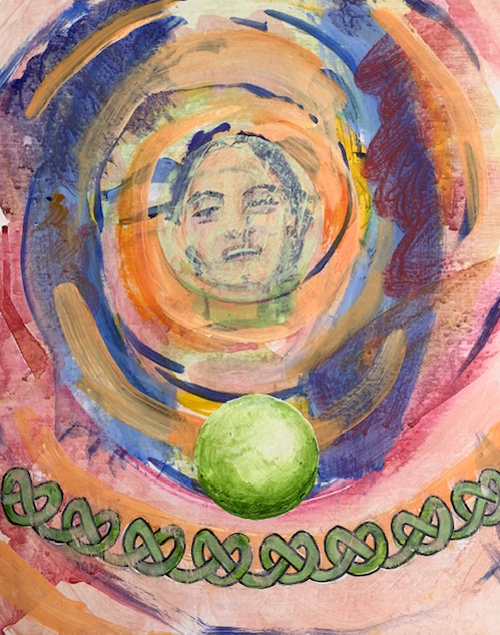
Photograph: © Rashid Maxwell
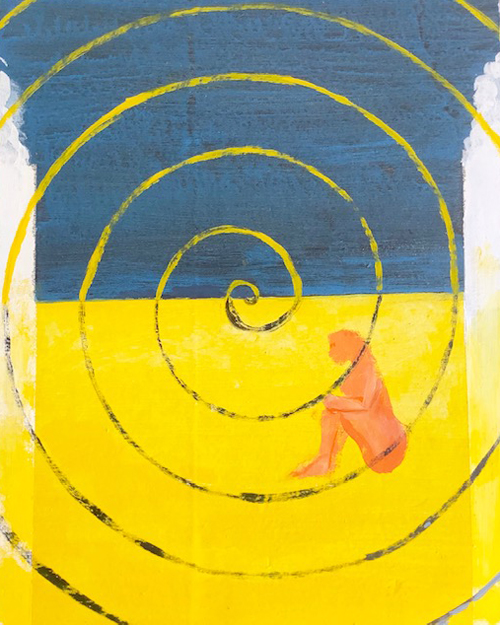
Photograph: © Rashid Maxwell
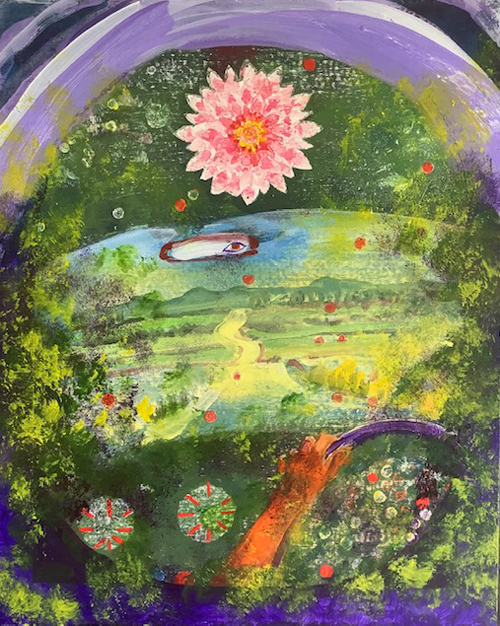
Photograph: © Rashid Maxwell
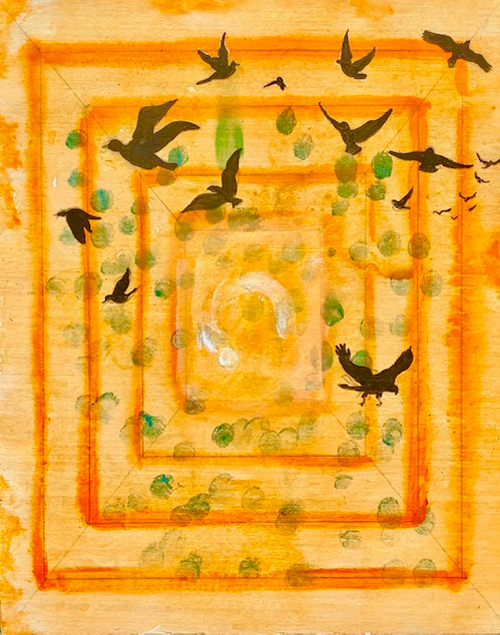
Photograph: © Rashid Maxwell
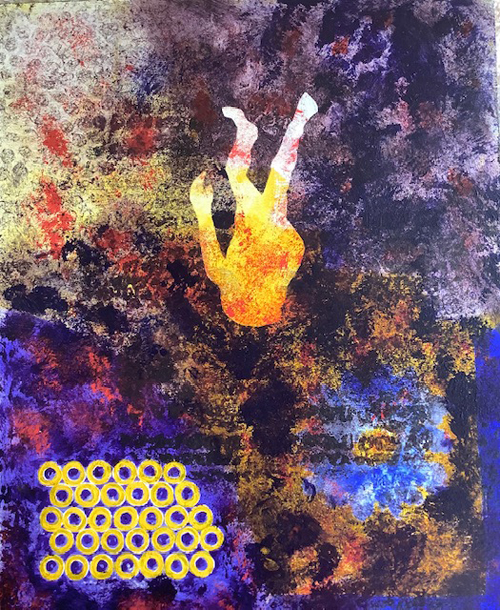
Photograph: © Rashid Maxwell
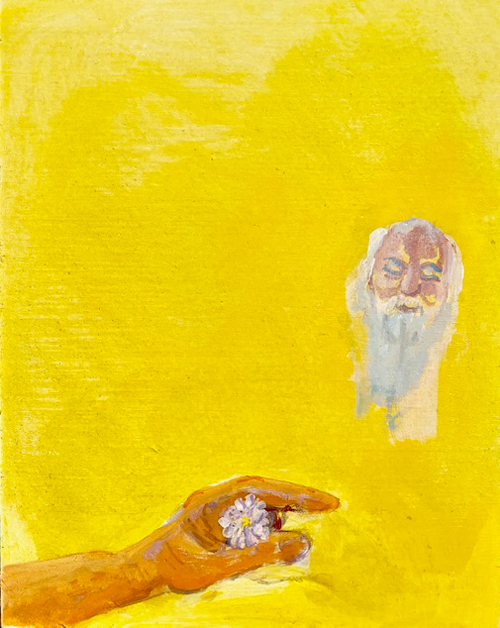
Photograph: © Rashid Maxwell
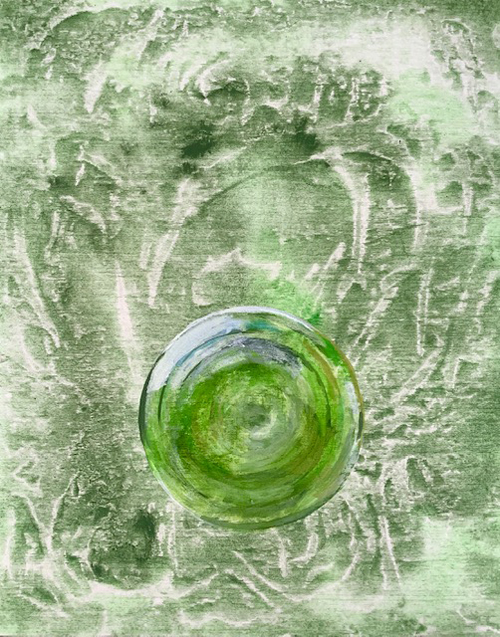
Photograph: © Rashid Maxwell
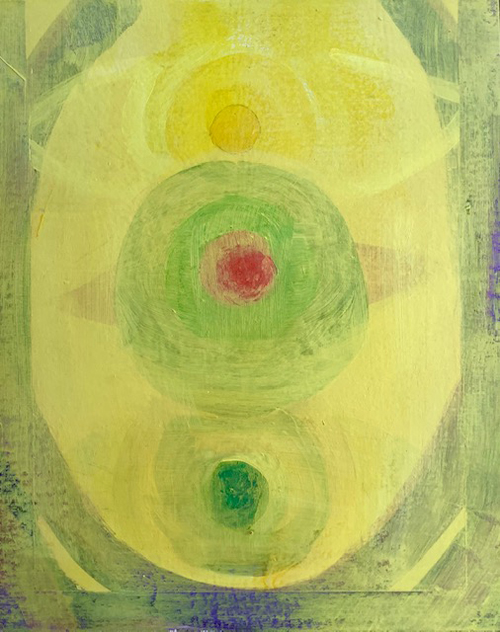
Photograph: © Rashid Maxwell
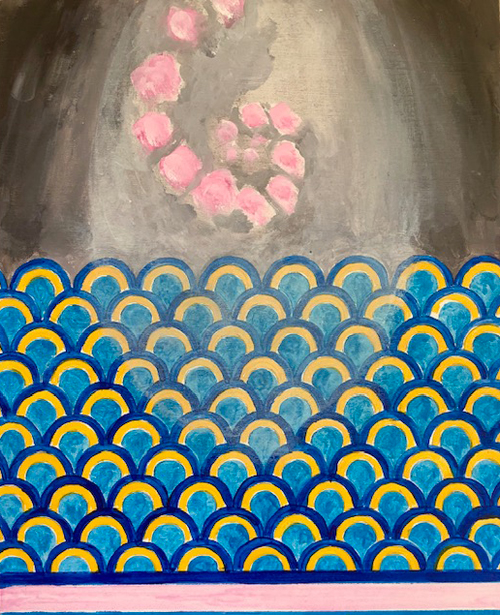
Photograph: © Rashid Maxwell
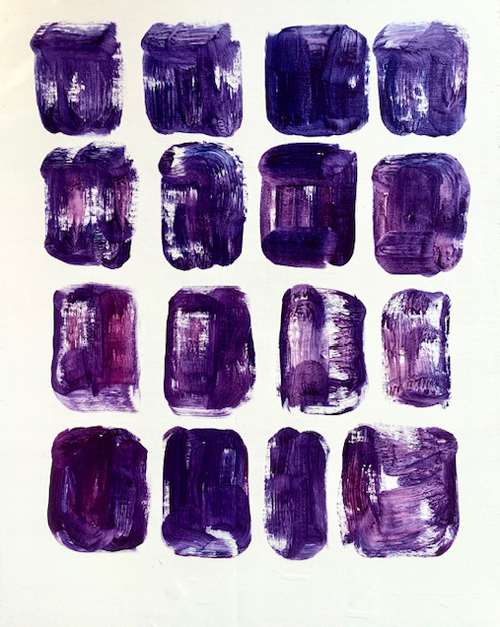
Photograph: © Rashid Maxwell
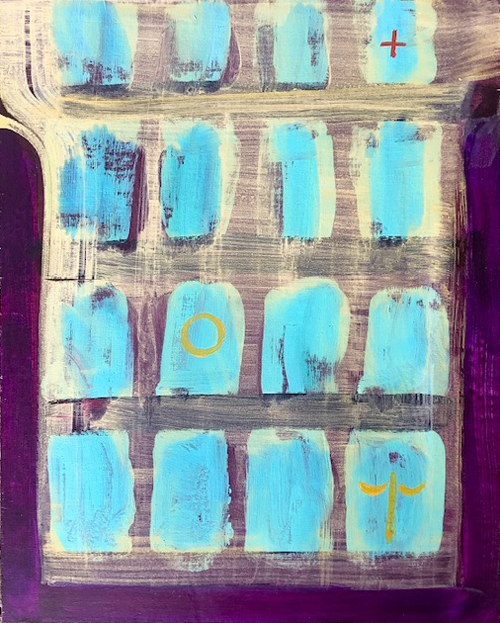
Photograph: © Rashid Maxwell
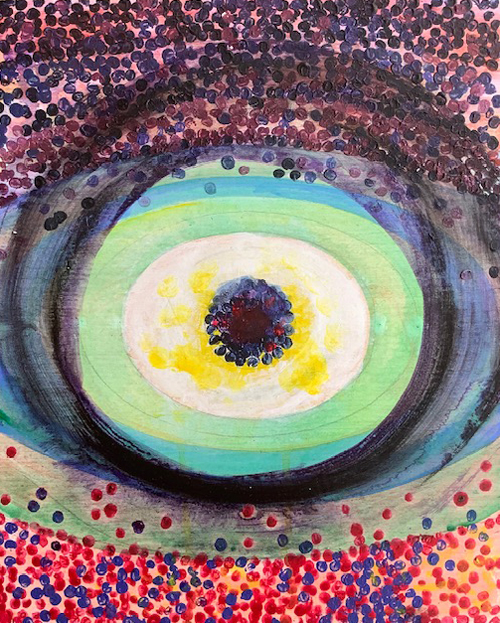
Photograph: © Rashid Maxwell
Post Notes
- Rashid Maxwell’s website
- Rashid Maxwell on Amazon
- Rashid Maxwell: In Memoriam
- Rashid Maxwell: Drawn In
- Rashid Maxwell: To Save the Planet With a Paintbrush
- Rashid Maxwell: A Master for Life
- Patrick Howe: Post Personalism in Art
- Wassily Kandinsky: Concerning the Spiritual in Art
- Paul Cézanne: La Montagne Sainte-Victoire
- William Blake: All Religions Are One
- Rollo May: My Quest for Beauty
- Agnes Martin: Writings
- Guy Laramée: Fraîcheur
- Laurie Stern: Spirituality Expressed Through the Beauty of Art
- Roberta Pyx Sutherland: Ensō Variations
